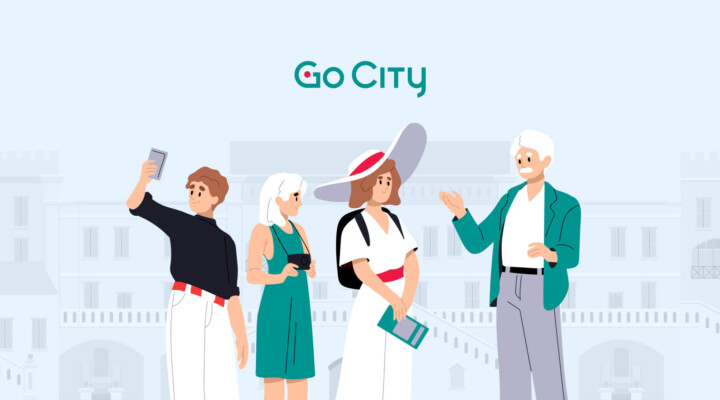Admittedly, the emergence of AI-powered visual search engines in the travel industry is novel, and we’ve yet to fully realize what it means for travelers. But it seems evident we’re in a new era of exploration, where imagery and intuition merge to create a richer, more immersive travel experience.
Below, we will explore how AI visual search changes the travel landscape, how travel bloggers can adapt and leverage its capabilities, and how travelers use the new technology.
Understanding Visual Search Technology and Its Impact on Travel Inspiration
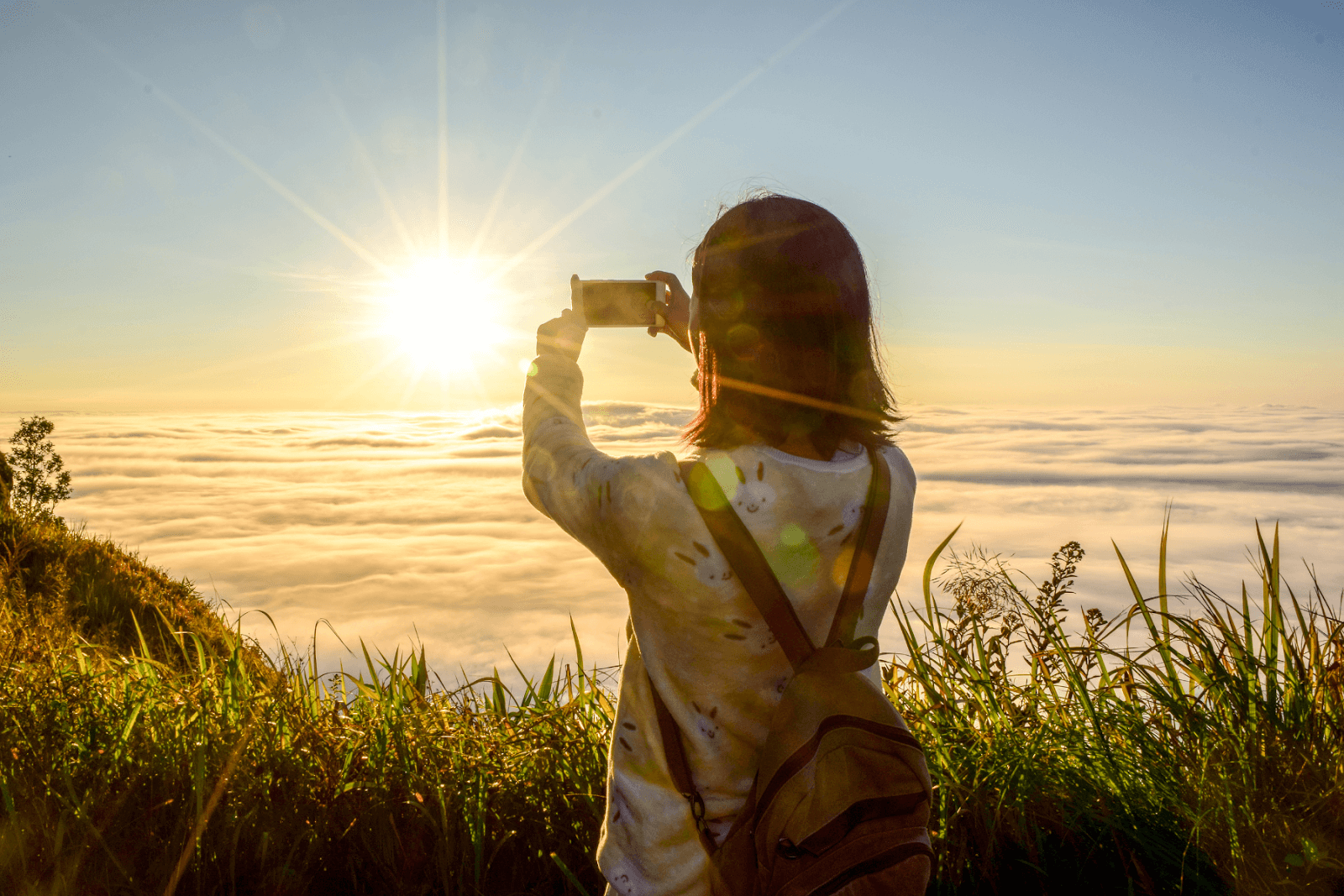
Unlike traditional text-based search methods, visual search enables users to query and explore through images, which aligns more closely with the human instinct to perceive the world visually. The technology uses visual search algorithms to interpret and analyze images’ content, recognizing patterns, objects, and landmarks and turning them into actionable information for travelers and travel bloggers.
Travel inspiration is profoundly changing. Visual search AI bridges the gap between seeing an alluring image of a destination and finding information about it. If a traveler comes across a picture of a beautiful beach or historical site, they can simply use that image to search for details and nearby attractions and even book a trip.
The Benefits of AI-Powered Visual Search for Travelers and Travel Bloggers
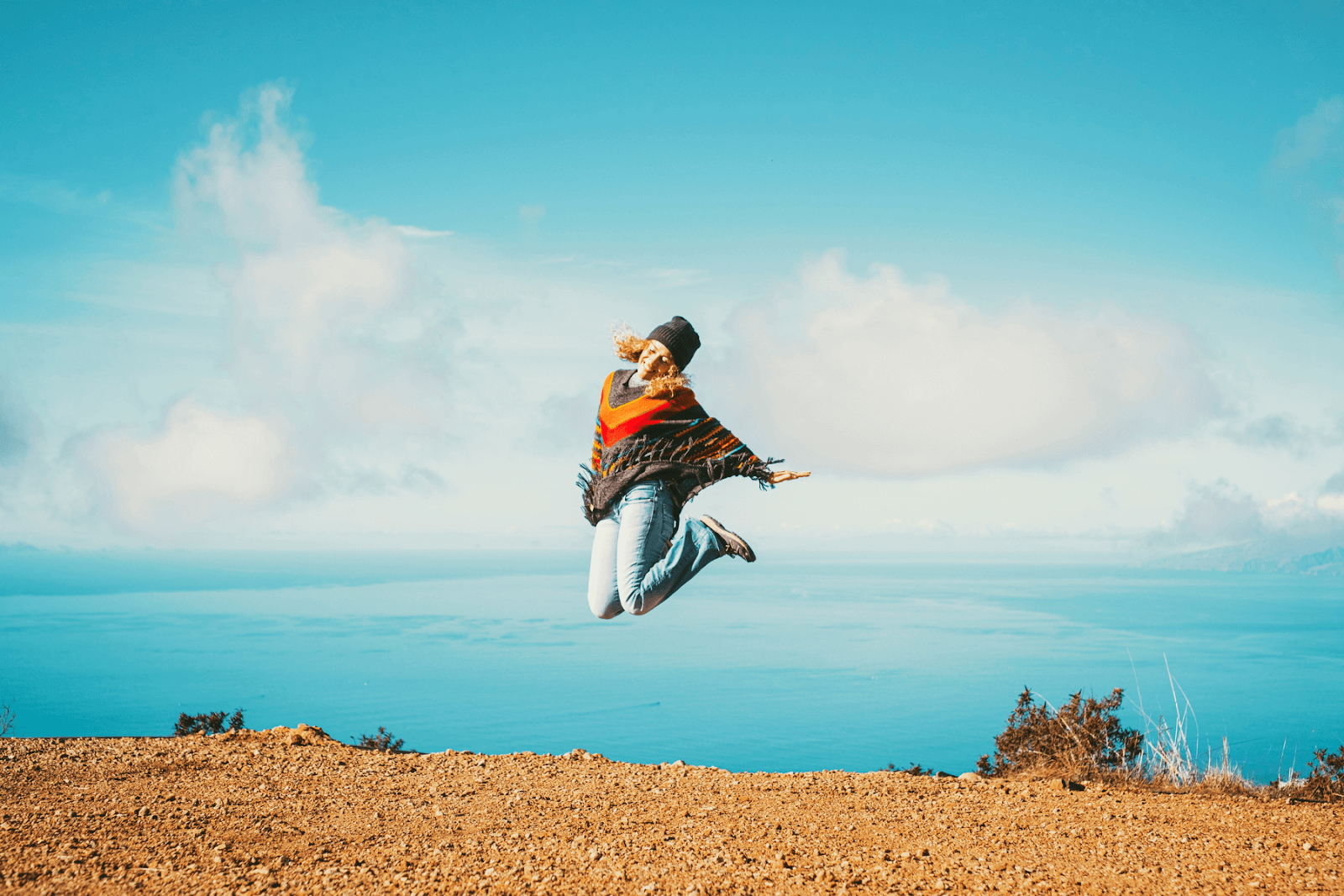
The emergence of AI-powered visual search caters to travelers and travel bloggers alike. Both parties are quickly discovering how artificial intelligence can interpret images, bringing a new dimension to how people discover destinations and plan their trips.
For travelers, the benefits include:
- Improved Discovery: Visual search allows travelers to find destinations and experiences through images, making the discovery process more visually engaging.
- Enhanced Trip Planning: Recognizing landmarks and attractions in pictures provides relevant information and recommendations, enabling more personalized and efficient trip planning.
- Increased Engagement: The interactive nature of visual search engages travelers to explore destinations virtually before visiting, which enhances excitement and anticipation.
For travel bloggers, the advantages are:
- Visual Storytelling: Travel bloggers can use visual search to create more compelling content, allowing readers to explore destinations through images and enhance the storytelling experience.
- Audience Engagement: By integrating visual search into blogs, travel bloggers can provide readers with a more interactive experience.
- Monetization Opportunities: Visual search offers innovative ways to connect with affiliate marketing partners.
How AI-Powered Visual Search Works
AI-powered visual search represents a complex interplay of technologies that enable the system to understand, analyze, and interpret images. Here’s a quick breakdown of how it works:
- Image Recognition: AI algorithms learn to recognize various objects, landmarks, and features within an image. Whether it’s a famous monument or a specific type of cuisine, image recognition can identify it.
- Machine Learning Algorithms: The system uses machine learning algorithms trained on large image datasets. These algorithms learn to identify patterns and features, improving their accuracy and understanding as they process more data.
- Natural Language Processing (NLP): NLP technology translates visual information into understandable and actionable insights. It turns the recognized patterns into coherent suggestions or information with which the user can interact.
- Content Matching: The system matches the recognized features with relevant content once the image is analyzed. This could include travel guides, booking sites, or user-generated reviews about the identified location or object.
- Personalization: Many visual search platforms incorporate user preferences and past behavior to tailor results. This adds a layer of personalization, providing more relevant and targeted recommendations.
- Augmented Reality Integration: Some systems integrate augmented reality (AR) to enhance the visual search experience. Users can see how particular objects or destinations look in different contexts, adding an interactive and immersive dimension to the search process.
AI-Powered Visual Discovery Platforms

Visual discovery platforms have been around for a while, and you likely recognize a few of them. However, with the sudden surge in AI technology, you’ll discover a few new platforms connecting travelers with destinations, experiences, and even products through a more intuitive, image-led interface.
Some of the popular platforms that have incorporated visual search technology include:
- Pinterest: Known for its visual-centric approach, Pinterest utilizes visual search to allow users to explore similar images, products, and destinations. It’s an inspiring tool for travelers seeking ideas or bloggers engaging in affiliate marketing.
- Google Lens: Google’s visual search tool, Google Lens, identifies landmarks, translates text, and even provides information on artworks. It’s an excellent tool for travelers seeking instant information about what they see.
- Bing Visual Search: Bing offers a visual search feature that allows users to search the web using images. This can be particularly useful for identifying unknown locations or finding travel-related products.
- Specialized Travel Apps: Many travel-specific apps, like the United App, incorporate visual search to enhance user experience, ranging from flight booking platforms to travel guide apps that recognize landmarks and provide rich content.
- Amazon’s Shop the Look: Although primarily focused on fashion, Amazon’s Shop the Look feature has applications in travel, especially for those seeking travel-related fashion and accessories.
- CamFind: This mobile visual search engine app allows users to search for anything from their mobile phone simply by snapping a picture. For travelers, this can be an invaluable tool for identifying landmarks, translating foreign text, or finding a local restaurant that matches a desired ambiance or decor.
Exploring the Role of Computer Vision in Visual Search for Travel
Computer vision is the most vital component of AI-powered visual search for travelers and travel bloggers. Essentially, the technology acts as the eyes of the system, enabling it to see, understand, and interpret visual data.
Here’s how it functions in the context of the travel industry:
- Image Analysis: Computer vision algorithms analyze images, breaking them into shapes, colors, textures, and objects. This detailed analysis allows the system to understand what the image represents, whether it’s a famous landmark, a type of cuisine, or a natural landscape.
- Pattern Recognition: Computer vision can identify specific features consistent with certain destinations or attractions by recognizing patterns and correlations within images. This ability to discern intricate details enables a more accurate matching process, connecting users with relevant information and recommendations.
- Context Understanding: Beyond mere recognition, computer vision also grasps the context of an image. It understands the relationships between different elements in a picture, such as the location of a monument about its surroundings.
- Real-time Interaction: Some travel platforms utilize computer vision for real-time interactions, like augmented reality experiences or instant translations of foreign text.
- Personalization: You can also tailor computer vision to individual preferences, learning from users’ past interactions and searches. This personalization ensures that the visual search results align with each traveler’s interests and needs.
Visual Search for Travel Inspiration
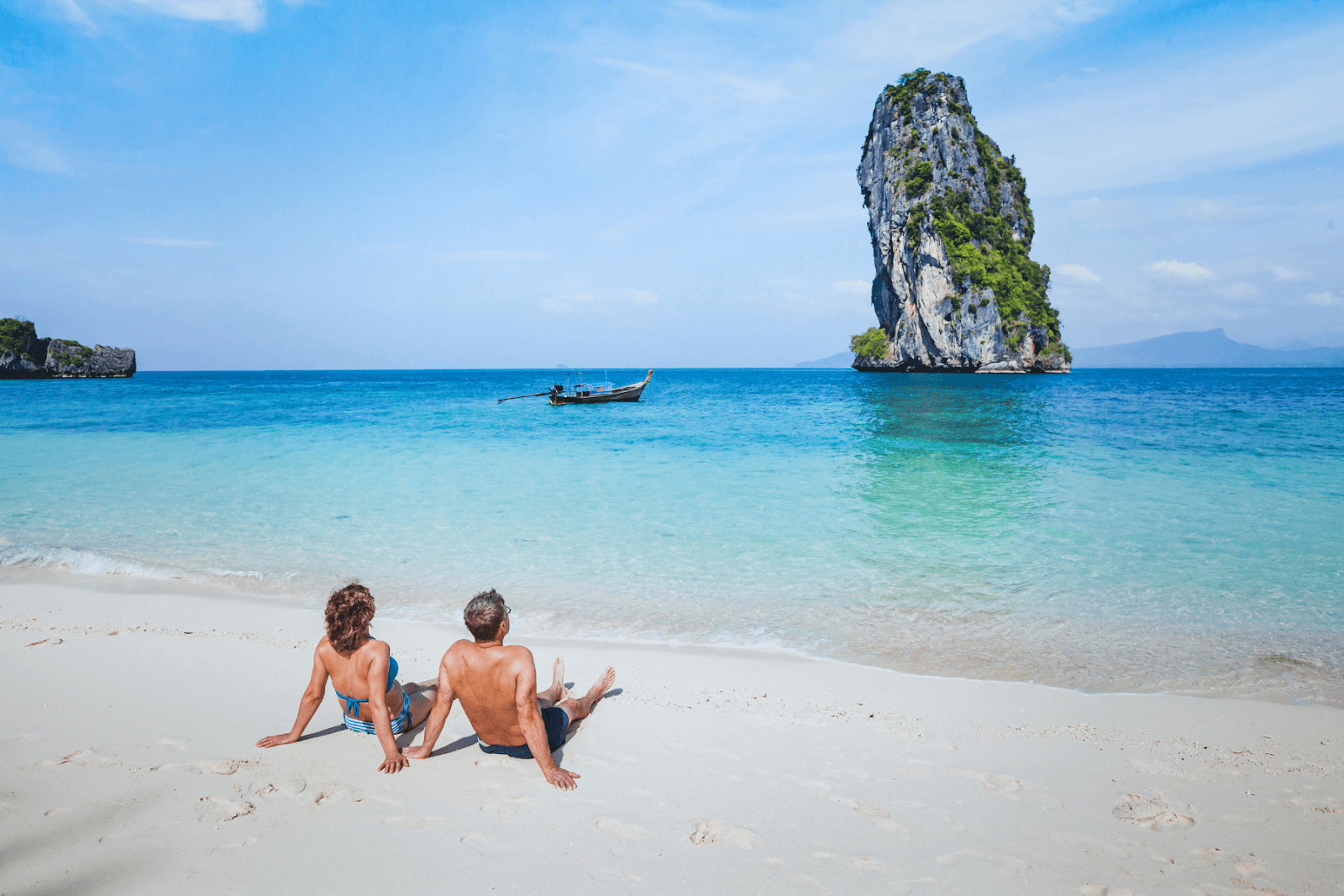
With AI-powered visual search, it’s time you start reimagining how you present and seek inspiration by exploring destinations visually rather than relying solely on text-based information. Features of visual search AI that empower this exploration include:
- Image-Based Destination Suggestions: Travelers can explore locations based on visual appeal, aligning with specific aesthetics they might enjoy. A picturesque sunset, a bustling local market, or a serene mountain landscape can become the starting point of a travel adventure.
- Visual Travel Guides: Presenting destinations through a rich tapestry of images, videos, and augmented reality experiences, these guides turn the planning process into an exciting visual journey.
- Thematic Search: This lets travelers search for destinations or experiences based on specific themes or motifs, such as romantic getaways, adventure trails, or culinary explorations.
Discovering Experiences Through AI-Powered Visual Recommendations
AI-powered visual search is not merely a tool for identifying locations and landmarks; it’s an intelligent system that recommends entire travel experiences based on images.
- Visually Similar Experiences: If a traveler likes a specific image, such as a serene beach or a lively street festival, the system can present similar landscapes or events from different parts of the world.
- Activity Suggestions: By analyzing the components and context of an image, the system can suggest related activities and experiences, turning a single visual cue into a gateway for multiple enriching experiences. For example, an image of a mountain range might lead to recommendations for hiking trails, mountain biking routes, or even nearby wellness retreats.
- Personalized Visual Discovery: integrates user behavior and preferences into the recommendation process. By understanding a user’s past searches, likes, and travel history, the system tailors visual recommendations to match individual tastes and inclinations.
Tailoring Results to Individual Preferences
Personalization is a feature of many technological giants, from social media to search engines. AI-powered visual search is no different. The advanced technology seamlessly tailors search results to individual preferences and needs based on history, interactions, and engagement. Key aspects of this personalization include:
- Personalized Recommendations: AI-powered visual search engines create a profile reflecting each user’s unique tastes and interests by leveraging insights from user interaction, search history, and social media behavior. Whether it’s an interest in historic landmarks, tropical beaches, or culinary adventures, the system recognizes and suggests resonant destinations and experiences.
- User Profiles: By allowing travelers to set preferences, input interests, and save favorite images or destinations, the system better understands what inspires and attracts them, turning these profiles into dynamic blueprints for tailored search results.
- Preferences Control: Users can adjust filters, themes, and preferences to influence search results actively. Preferences for eco-friendly destinations or boutique hotels over large resorts guide the AI to deliver results matching these criteria.
Augmented Reality (AR) And Visual Search

While visual search provides insights and recommendations based on images, augmented reality (AR) overlaps digital information into the natural world through a device’s camera. This powerful combination lets travelers see a destination through images and virtually interact with it, adding an extra layer of engagement and understanding.
- Historic Sites Interaction: A traveler exploring a historic site can use an AR-enabled visual search app to instantly access information about the place’s architecture, history, or significance. Pointing a smartphone at a monument can bring up interactive displays, virtual tour guides, or even historical recreations.
- Guidance to Local Spots: AR can guide travelers to local eateries, shops, or attractions, visually leading the way through overlaid directions and personalized suggestions.
- Virtual Previews: AR offers virtual previews of hotels, excursions, or destinations in the planning stages, allowing travelers to ‘experience’ them before making decisions.
AI-Powered Visual Search Apps for Travel Bloggers and Readers
AI-powered visual search apps are becoming increasingly popular for travel bloggers and adventurers, offering a suite of functionalities designed to enhance content discovery, creation, and engagement. These apps, like CamFind, provide standout features like:
- Image Recognition: Allows travel bloggers and readers to identify locations, landmarks, or objects within images quickly. Users can obtain detailed information about unknown places or things by simply uploading a photo or scanning an image.
- Content Curation: By analyzing user preferences and behaviors, AI systems suggest images, videos, and content themes that align with their audience’s interests.
- Visual Bookmarking: For bloggers and readers, visual bookmarking provides a convenient way to save and organize visual content. Whether it’s inspirational images for future blogs or favorite travel destinations, users can create pictorial boards that are easily accessible and shareable.
Incorporating Visual Search Into Travel Blogging Strategies
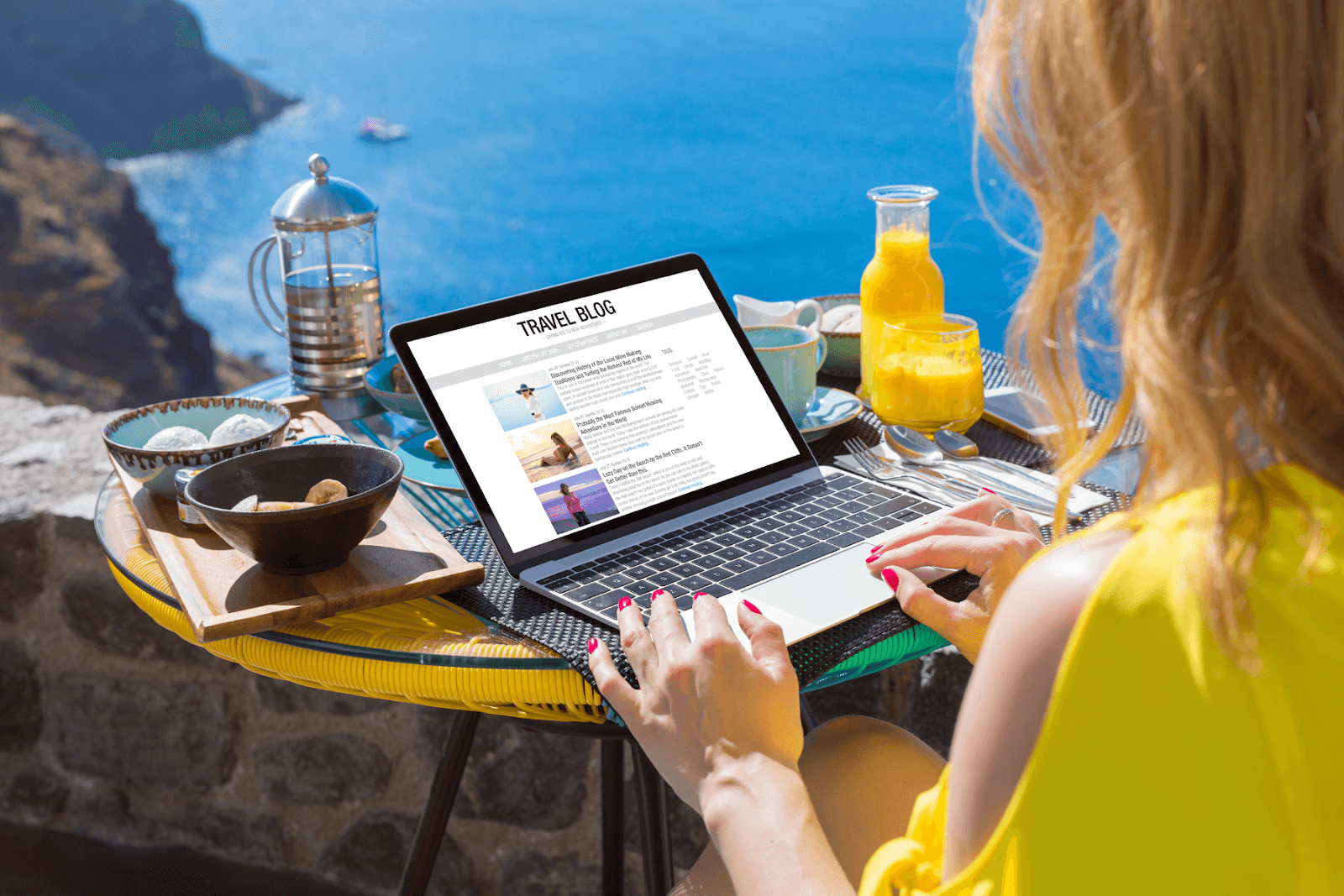
By implementing visual search into your travel blogging strategies, you can create a more engaging and interactive experience for your readers. Here are some tips on effectively incorporating visual search elements into your travel blog:
- Image Optimization: Optimizing images with appropriate tags, descriptions, and alt text can enhance visibility in visual search engines. It ensures that images align with relevant searches, driving more targeted traffic to the blog.
- Visual Storytelling: Creating a narrative through visuals adds depth and intrigue to blog content. By carefully selecting images that tell a story or evoke specific emotions, bloggers can guide readers through a visual journey that complements and enhances the written content.
- User-Generated Content: Encouraging readers to contribute images or visual reviews can add authenticity and diversity to your blog. User-generated content provides real-world perspectives and often resonates with your other readers.
- Interactive Visual Elements: Integrating visual elements like clickable images, galleries, or AR previews can increase engagement and time spent on your blog. These elements turn passive viewing into an interactive experience, encouraging your audience to explore, engage, and connect with the content.
AI Visual Search and Travel Blogging: Conclusion
The transformative power of AI visual search technology is reshaping the travel landscape. Today, travelers feed their wanderlust through visual inspiration, discovery, and engagement more than ever. It enables a more immersive, personalized, and interactive experience for your travel blog and audience.
From the intricacies of image recognition to the allure of augmented reality, the myriad applications and possibilities of visual search are expanding the horizons of travel exploration. Whether you’re a seasoned globetrotter looking for your next adventure or a travel blogger aiming to captivate your readers, the world of travel is more vibrant and accessible than ever through the lens of visual search.


